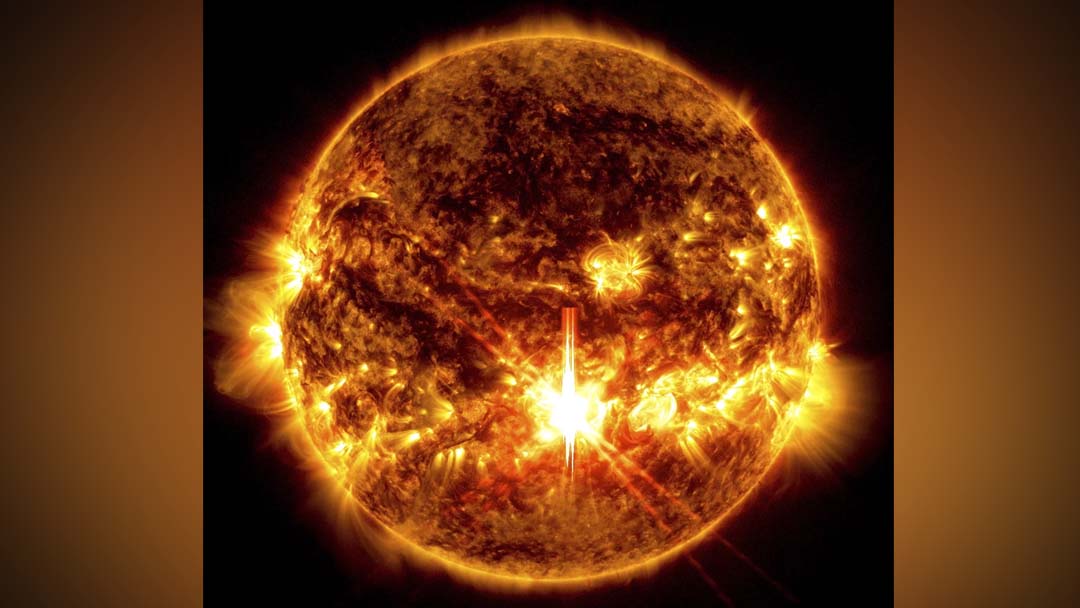The sun is near the peak of its current 11-year cycle, sparking all the recent solar activity. NASA photo via AP
A severe solar storm is headed to Earth that could stress power grids even more as the US deals with major back-to-back hurricanes, space weather forecasters said Wednesday.
The National Oceanic and Atmospheric Administration (NOAA) issued a severe geomagnetic storm watch for Thursday into Friday after an outburst from the sun was detected earlier this week. Such a storm could temporarily disrupt power and radio signals.
NOAA has notified operators of power plants and orbiting spacecraft to take precautions. It also alerted the Federal Emergency Management Agency about possible power disruptions as the organisation copes with the devastating aftermath of Hurricane Helene and gears up for Hurricane Milton barreling across the Gulf of Mexico toward Florida.
Forecasters do not expect the latest solar storm to surpass the one that slammed Earth in May, the strongest in more than two decades. But they won’t know for sure until it’s just 1 million miles (1.6 million kilometres) away, where spacecraft can measure it.
Florida is far enough south to avoid any power disruptions from the solar surge unless it gets a lot bigger, said scientist Rob Steenburgh of NOAA’s Space Weather Prediction Center.
“That adds a little bit more to the comfort level,” Steenburgh said. “Why we’re here is to let them know so that they can prepare.”
Experts are more concerned about potential effects on power grids in areas slammed by Hurricane Helene two weeks ago, said NOAA space weather forecaster Shawn Dahl.
The storm also may trigger northern lights as far south in the US as the lower Midwest and Northern California, though exact locations and times are uncertain, according to NOAA. Skygazers are reminded to point their smartphones upward for photos; the devices often can capture auroras that human eyes cannot.
May’s solar storm produced dazzling auroras across the Northern Hemisphere and resulted in no major disruptions.
The sun is near the peak of its current 11-year cycle, sparking all the recent solar activity.
Source: AP







































